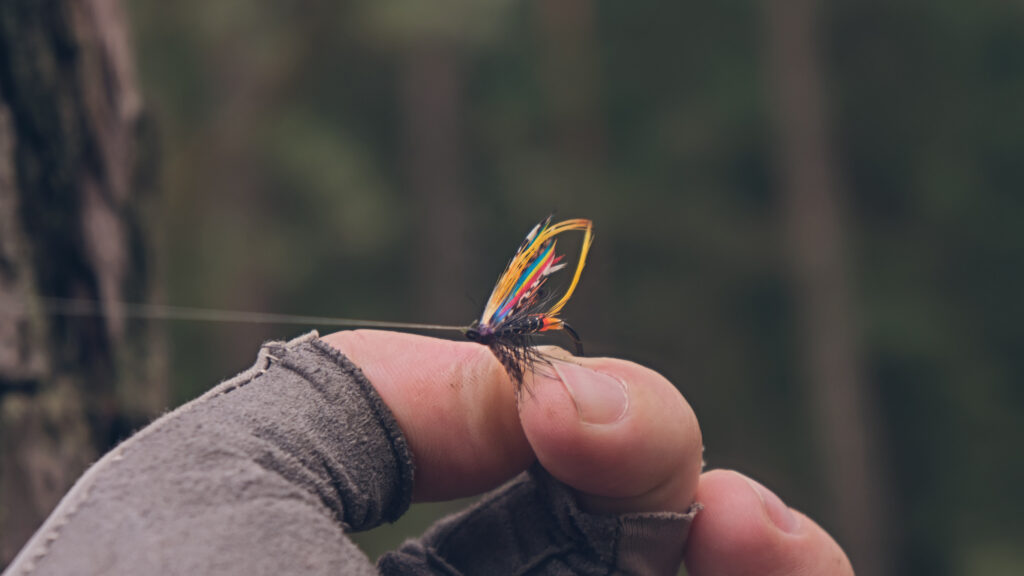Colorado is one of the most beautiful states in the United States. It has a rugged landscape, numerous beautiful rivers, high peaks, and pristine lakes. This state is famous for its excellent fishing opportunities, with plenty of fish species, such as trout, salmon, grayling, and more. If you plan to fly fish in this state, then you’ll need to learn fly tying Colorado  .
.
Fly tying is an essential skill for all anglers. Knowing how to tie a fly is the key to success in fly fishing. It lets you match the hatch, create realistic presentations, and entice more fish to bite. In this blog post, we’ll provide you with some valuable tips for fly tying for Colorado lakes and rivers, so let’s get started.
Choose the right materials
When tying flies for Colorado’s rivers and lakes, it’s important to use the right materials. The materials you use should reflect the target fish species and the food sources they prefer. The essential materials you’ll need include hooks, threads, feathers, furs, and synthetic materials. It’s crucial to choose high-quality materials that are durable, easy to work with, and mimic natural food sources.
Know the hatch
The hatch refers to the specific insects that are present and hatching in Colorado’s waters at a particular time. It’s essential to know the hatch so that you can tie flies that match the food source available to the fish. Be sure to research the hatch online, read fishing reports, and keep track of the temperature and weather conditions.
Adapt your flies to the water
The fish in Colorado’s rivers and lakes have seen many flies, so it’s important to adapt your pattern to the water. Make sure that the fly’s size, shape, and color are appropriate for the specific river or lake that you’re fishing. If you’re struggling and not catching anything, try modifying your fly by changing its size, shape, or color.
Practice and experiment
You can’t expect to be a master fly tier overnight. It takes practice, time, and experimentation to improve. Don’t be afraid to try new patterns, materials, and techniques. It’s essential to have a creative mind!
Invest in Quality Equipment
Tying good flies requires quality equipment. Therefore, invest in quality tools such as vise, scissors, bobbin, and whip finisher. When shopping for fly-tying gear, it’s important to research and choose high-quality products that are durable, easy to use, and will last a long time.
Fly tying is an essential skill for all anglers. It lets you match the hatch, create realistic presentations, and entice more fish to bite. While it can be challenging to tie flies for Colorado’s rivers and lakes, these tips will help you create effective patterns that increase your chances of landing that trophy fish. Remember to choose the right materials, know the hatch, adapt your flies to the water, practice and experiment and invest in quality equipment. We hope these tips will elevate your fly-tying skills and bring you success on the water. Happy Fishing!
